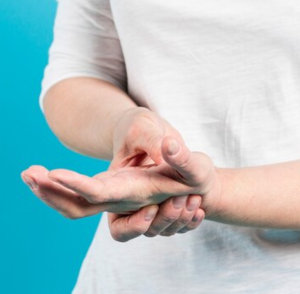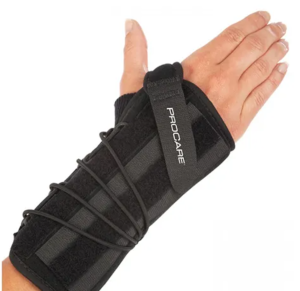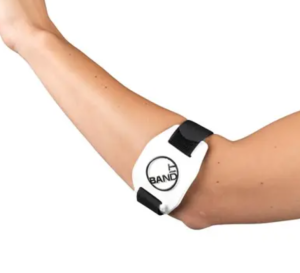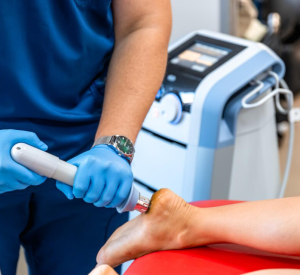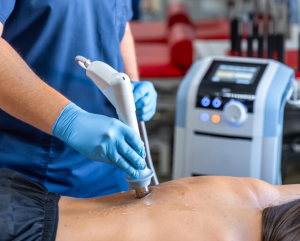What is carpal tunnel syndrome?
Carpal tunnel syndrome (CTS) is a common neurological disorder. It occurs when the median nerve, which runs from your forearm into the palm of the hand, becomes compressed or squeezed at the wrist.
Importantly, the median nerve provides feeling to the thumb, index, and middle finger, and part of the ring finger (but not the little finger). Also, it controls some small muscles at the base of the thumb. Sometimes, thickening from the lining of irritated tendons or other swelling narrows the tunnel and compresses the median nerve. For example, a common sign is that you might wake up and feel you need to “shake out” your hand or wrist.
What are the symptoms of carpal tunnel syndrome?
Usually, carpal tunnel syndrome symptoms start gradually and includes:
- Tingling or numbness – You may notice tingling and numbness in the fingers or hand. Usually the thumb and index, middle or ring fingers are affected, but not the little finger. You might feel a
sensation like an electric shock in these fingers. The sensation may travel from the wrist up the arm. The numb feeling may become constant over time. - Symptoms often occur while holding a steering wheel, phone or newspaper, or may wake you from sleep.
- Feeling the need to “shake out” their hands to try to relieve their symptoms.
- Weakness – You may experience weakness in the hand and are more likely to drop objects.
What is the cause of carpal tunnel syndrome?
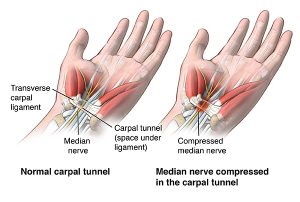
Anterior view of wrist comparing a healthy carpal tunnel with a compressed median nerve in the carpal tunnel
SOURCE: ortho_carp-tun-rel-endo_anat.ai
As a reminder, carpal tunnel syndrome is caused by pressure on the median nerve. Firstly, the median nerve runs from the forearm through a passageway in the wrist (carpal tunnel) up to the hand. Consequently, anything that squeezes or irritates the median nerve in the carpal tunnel space may lead to carpal tunnel syndrome. For example, a wrist fracture can narrow the carpal tunnel and irritate the nerve, as can the swelling and inflammation caused by conditions like rheumatoid arthritis.
What are the risk factors?
- Trauma or injury to the wrist that causes swelling, such as a sprain or fracture
- Imbalance of either the pituitary gland or the thyroid gland
- Rheumatoid arthritis or other arthritic diseases
- Mechanical problems in the wrist joint
- Repetitive use of tools or wrist movements
- Fluid retention during pregnancy or menopause
- Development of a cyst or tumor in the canal
- Sex—women are three times more likely than men to develop CTS
- Diabetes or other metabolic disorders – can directly affect the nerves and make them more susceptible to compression
- Sleeping positions ex. with a bent wrist
- Increasing age—CTS usually occurs only in adults.
How is it diagnosed?
This condition can be diagnosed by:
- Physical exam
- Routine laboratory tests
- X-rays
- Specific wrist tests may produce the symptoms of CTS ex. Phalen’s test
- Electrodiagnostic tests such as nerve conduction study and
electromyography - Diagnostic imaging such as ultrasound imaging and magnetic resonance imaging (MRI).
How is carpal tunnel syndrome treated?
- Splinting – Initial treatment is usually a splint worn at night
- Activity modification – Avoiding daytime activities that may provoke symptoms, take frequent breaks from tasks to rest the hand
- Medication – In special circumstances, various medications can ease the pain and swelling associated with carpal tunnel syndrome. For example, nonsteroidal anti-inflammatory drugs (NSAIDs), such as aspirin or ibuprofen, may provide some short-term relief from discomfort. However, they haven’t been shown to fully treat CTS
- Exercise – Ask a physiotherapist at PhysioNow about hand exercises that might help with pain and improve grip strength among those with CTS. Alternatively, therapies such as acupuncture and chiropractic care have benefited some people with CTS. However, their overall effectiveness remains controversial in the research
- Vocational or occupational therapy – You may need to learn new ways to perform certain tasks or job skills so as not to aggravate or worsen your CTS
Our team of qualified physiotherapists at PhysioNow will help and guide you through the treatment and exercises that will help you reduce pain and improve your quality of life. Book your first appointment with PhysioNow today!
